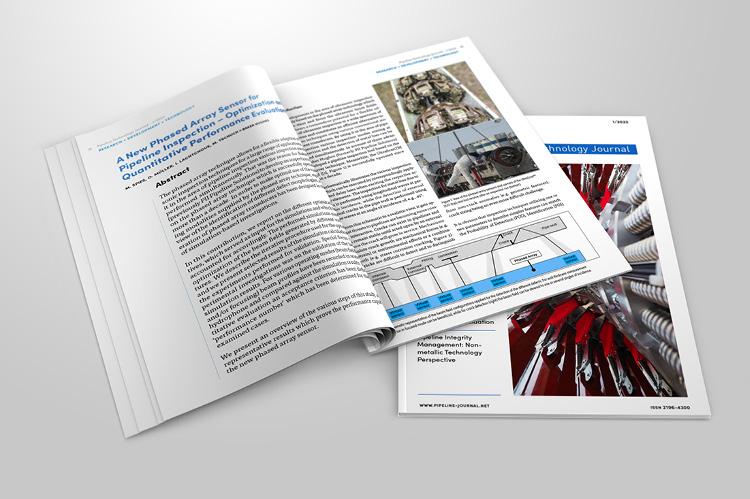A New Phased Array Sensor for Pipeline Inspection – Optimization and Quantitative Performance Evaluation

The phased array technique allows for a flexible adaption of the ultrasonic inspection techniques for a large range of applications. By using it in the area of pipeline inspection various inspection modes can be performed simultaneously. That was the reason for Baker Hughes (previously PII Pipeline Solutions) to develop an inspection tool based on the phased array technique which is successfully operated since more than a decade. In order to make optimal use of the various testing modalities supplied by the phased array technique, especially in view of the identification of different defect morphologies, a new generation of phased array transducers has been designed in the course of simulation-based investigations.
In this contribution, we report on the different optimization objectives, which served as input for the simulations and which have been accounted for accordingly. The performed simulations aimed at the optimization of the beam fields generated by different virtual apertures. We describe the iterative procedure used for the optimization and we present selected results of the simulation calculations and of the experiments performed for validation. Special focus of the experimental investigations was on the validation of the beam field simulation results. For various operating modes (beam field steering and/or focusing) beam profiles have been recorded in water using a hydrophone and compared against the simulation results. For quantitative evaluation an acceptance criterion has been defined via a ‘performance number’ which has been determined for the various examined cases.
We present an overview of the various steps of this study and show representative results which prove the performance capabilities of the new phased array sensor.
